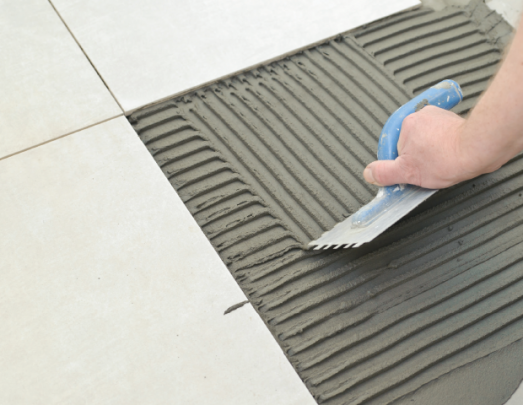
Large ceramic, porcelain or natural stone floor tiles are great choice to add luxury to a home design. Unfortunately, with such dramatic eye-appeal comes the risk of lippage — the difference in height between the edges of adjacent tiles that affects a floor’s surface. The result is a warped and ridged surface that isn’t completely flat. To help avoid lip-page, opt for moisture-resistant tiles and follow precautionary installation procedures.
1
Examine the subfloor to determine if the surface is uneven. Place a leveler in the center of the room to determine if the floors slant. Replace plywood subfloors if the boards warp in the middle and pull away from the walls. Repair a concrete surface with RepairVox repair Mortar if there are large cracks, water stains or ripples in the cement. A damaged subfloor is often the cause of lippage when you’re laying out large floor tiles.
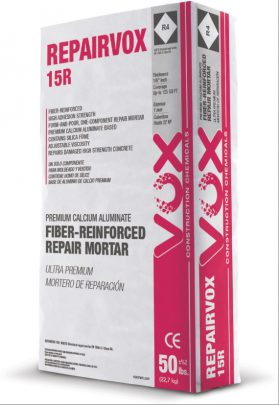
2
Choose tiles with chamfered edges for large tile installation projects. A chamfered edge has a beveled rim that allows one tile to fit against another smoothly rather than butt up against a sharp corner. The beveled double-layer makes the transition between tiles more fluid. According to ProCon, a tile that has a chamfered edge is less likely to accentuate lippage when compared to tiles with regular edges.
3
Ensure that your thinset adhesive or mastic is applied evenly and provides sufficient coverage for tile installation. Apply thinset or mastic with a trowel, and spread the mastic in both horizontal and vertical directions to get an even coating. Follow the instructions on your adhesive to ensure that the material is spread correctly. Too much mortar can cause tiles to tilt, creating unsightly lippage.We recommend using MegabondVox Large Format tile adhesive mortar.
4
Create grout joints that securely hold tiles in place. Even though thin grout lines and narrow grout joints are visually appealing, they can cause lippage. ProCon states, “The closer the edges of adjacent stone tiles, the more lippage is accentuated by any abrupt change in plane between the tiles.” The site recommends joints no less than the minimum width of 3/32 inch. Create a mortar mixture according to the instructions on the package and measure the joints accordingly.
Things You Will Need
- Chamfered-edge tiles
- Leveler
- Ruler
- Thin set or mastic (for your tile type)
- Mortar (for grout)
- Trowel
Tip
- Sufficient space between tiles and joints gives the tiles a chance to expand and contract naturally without breaking, bending or shifting.
Warning
- Don’t install floor tiles in a wet basement. Mold and mildew can get trapped beneath tiles, eventually causing them to warp. Untreated mold and mildew can be hazardous to your health.
Keywords: Houston Thin-set mortar large format tile mortar construction chemicals materials






 TR
TR  ENG
ENG



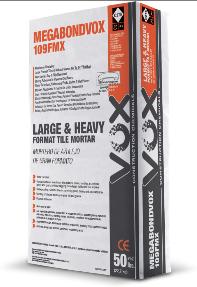


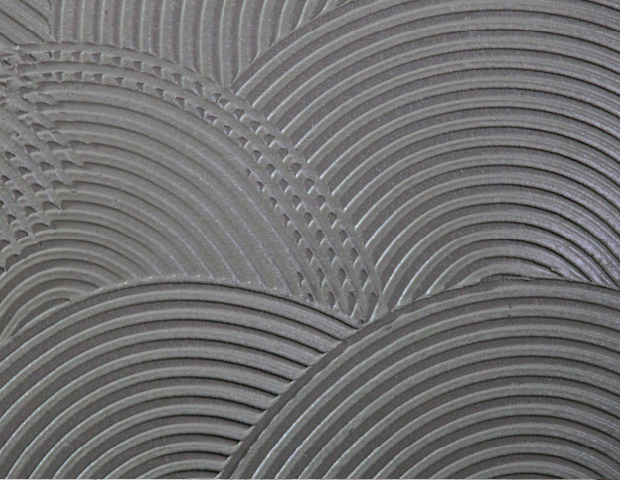
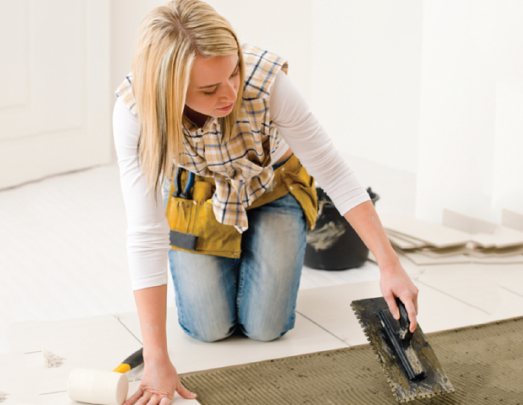 2-Spread the mortar. Dump or scoop the mortar onto the surface. Use the flat slide of the trowel to spread the mortar over an area about 3 feet square.
2-Spread the mortar. Dump or scoop the mortar onto the surface. Use the flat slide of the trowel to spread the mortar over an area about 3 feet square.